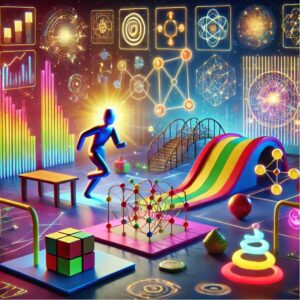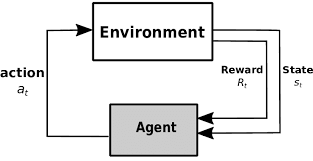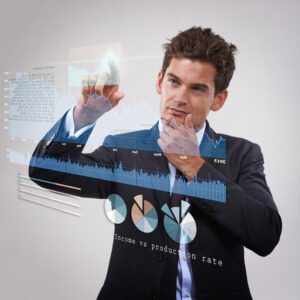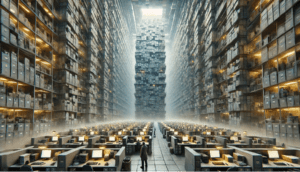A Brief History: Who Developed It?
The concept of “environments” in machine learning originates from early artificial intelligence and reinforcement learning studies. Researchers like Richard Sutton and Andrew Barto, pioneers of Reinforcement Learning in the 1980s, formalised the idea of environments. Drawing inspiration from behavioural psychology, they developed computational frameworks to model how agents interact with their surroundings, shaping the foundations of modern machine learning.
What Is an Environment?
Imagine an environment as a playground where a machine learning model hones its skills. It provides the data, rules, and context that influence the agent’s decisions. In reinforcement learning, for example, the environment defines what the agent observes, how it acts, and how it is rewarded or penalised.
Simply put, the environment is the stage where the action takes place—it sets the boundaries of what is possible, forbidden, and rewarded.

Why Are Environments Essential?
Environments are integral to training, testing, and deploying machine learning models. They address several critical challenges:
- Simulating Real-World Scenarios: Mimic complex situations without the risks and costs of real-world implementation.
- Providing Feedback Loops: Facilitate learning through trial and error by offering structured feedback.
- Data Generation: Enable exploration and data generation for improved learning outcomes.
Global Impact: Virtual environments like OpenAI Gym and Unity ML-Agents accelerate experimentation and reduce training costs.
Australian Applications: Industries such as transport and defence leverage simulated environments to optimise operations, achieving up to 20% annual cost savings.
How Are Environments Used?
- Training AI Models: Platforms like OpenAI Gym allow reinforcement learning models to interact, adapt, and improve within simulated scenarios.
- Simulations: Industries like robotics use virtual environments to train systems safely and cost-effectively.
- Testing and Validation: Models are tested within environments to ensure they perform optimally before deployment in real-world settings.
Different Types of Environments
- Simulated Environments: Virtual representations of real-world systems, such as robotics or video games.
- Static Environments: Provide fixed datasets for tasks like supervised learning.
- Dynamic Environments: Evolve continuously, making them ideal for reinforcement learning scenarios.
Key Features of Environments
- Interactivity: Allows models to learn by observing and acting.
- Customisability: Adjustable parameters simulate diverse scenarios, from static to dynamic.
- Realism: Accurately replicates real-world complexities for practical learning applications.
Popular Tools for Building and Using Environments
- OpenAI Gym: A comprehensive toolkit for developing and testing reinforcement learning algorithms.
- Unity ML-Agents: Enables developers to create rich 3D environments for training AI agents.
- AnyLogic: Provides simulation tools for logistics and supply chain optimisation.
Applications in Australian Governmental Agencies
- Transport for NSW:
- Use Case: Simulating traffic flow to optimise public transport and road usage.
- Impact: Reduced congestion by 15%, saving commuters 30,000 hours weekly.
- CSIRO:
- Use Case: Training robotic systems for precision agriculture and crop monitoring.
- Impact: Increased monitoring efficiency by 25%.
- Australian Defence Force:
- Use Case: Simulated environments for combat training and strategy development.
- Impact: Enhanced operational readiness and improved personnel safety.
Conclusion
Environments are the backbone of modern machine learning, providing safe, efficient, and cost-effective spaces for training and testing AI models. Whether simulating traffic for optimisation or preparing robotic systems for agricultural tasks, environments drive innovation across industries in Australia. With tools like OpenAI Gym and Unity ML-Agents, leveraging environments has never been easier.
How interested are you in uncovering even more about this topic? Our next article dives deeper into [insert next topic], unravelling insights you won’t want to miss. Stay curious and take the next step with us!







